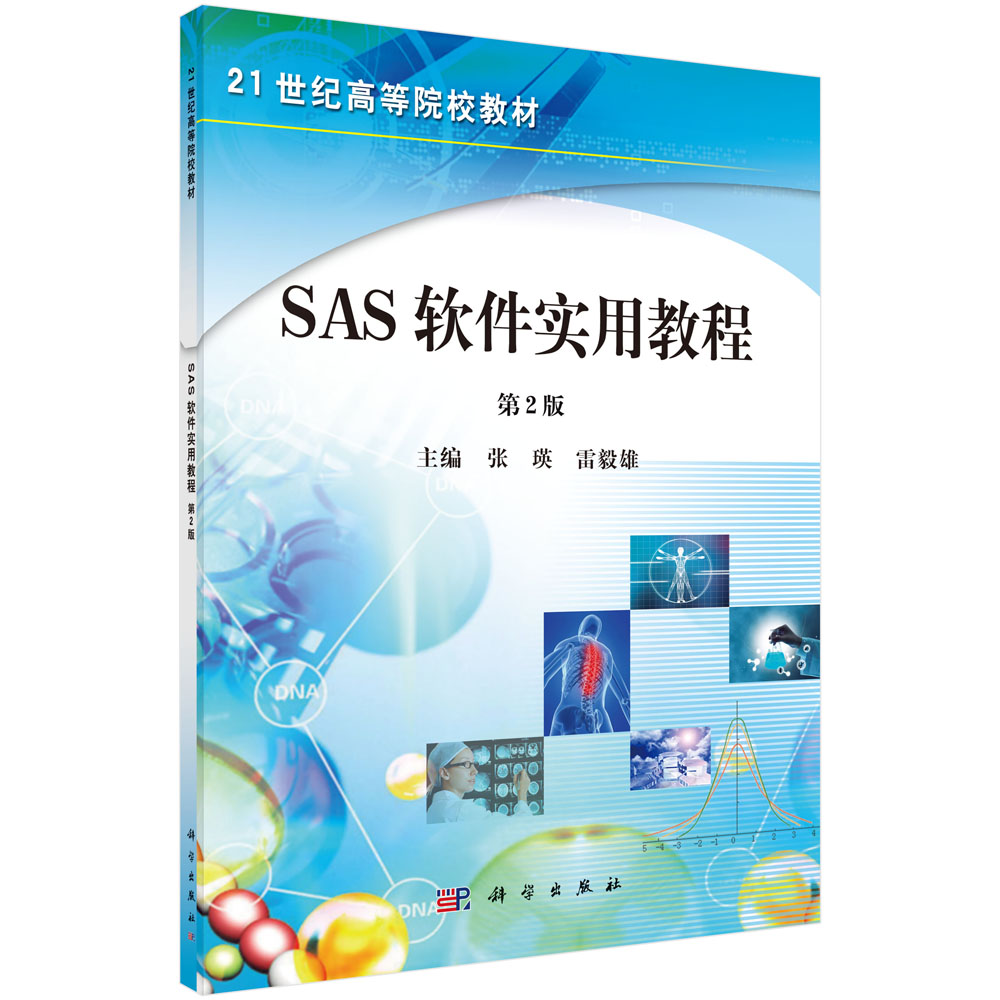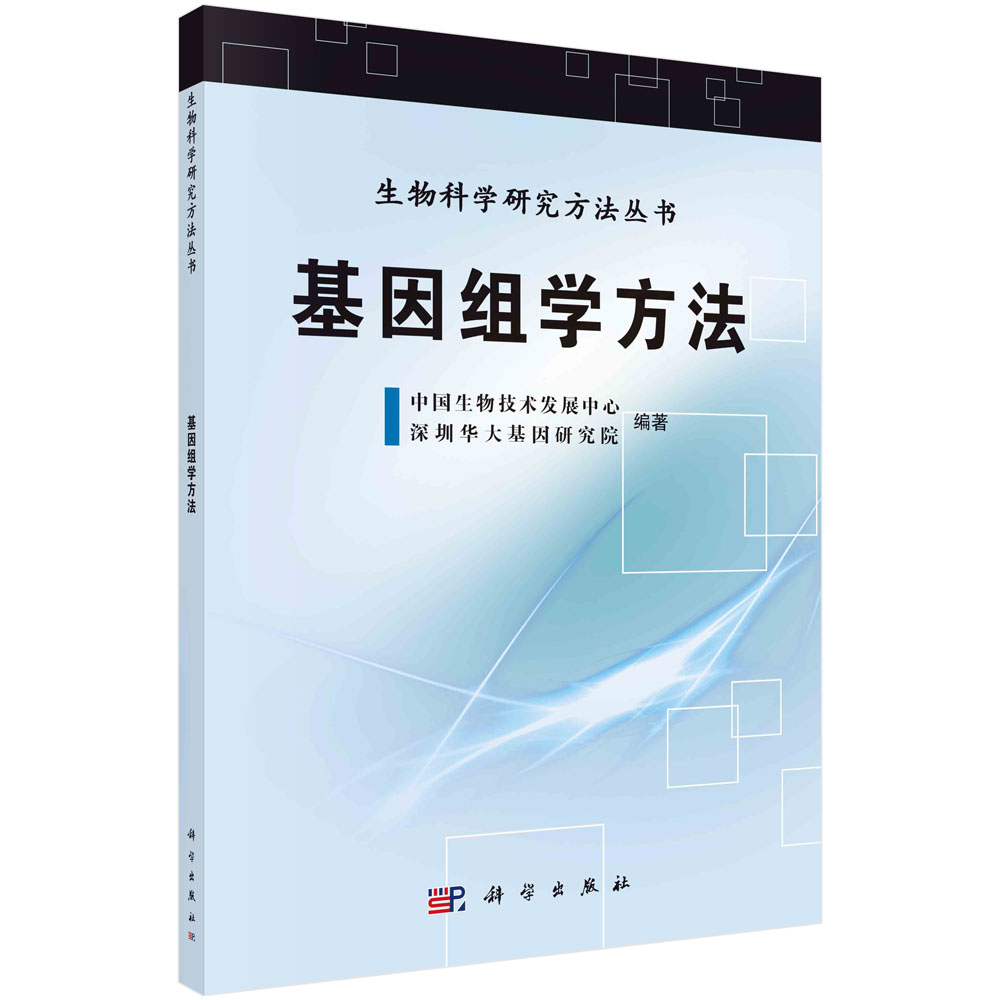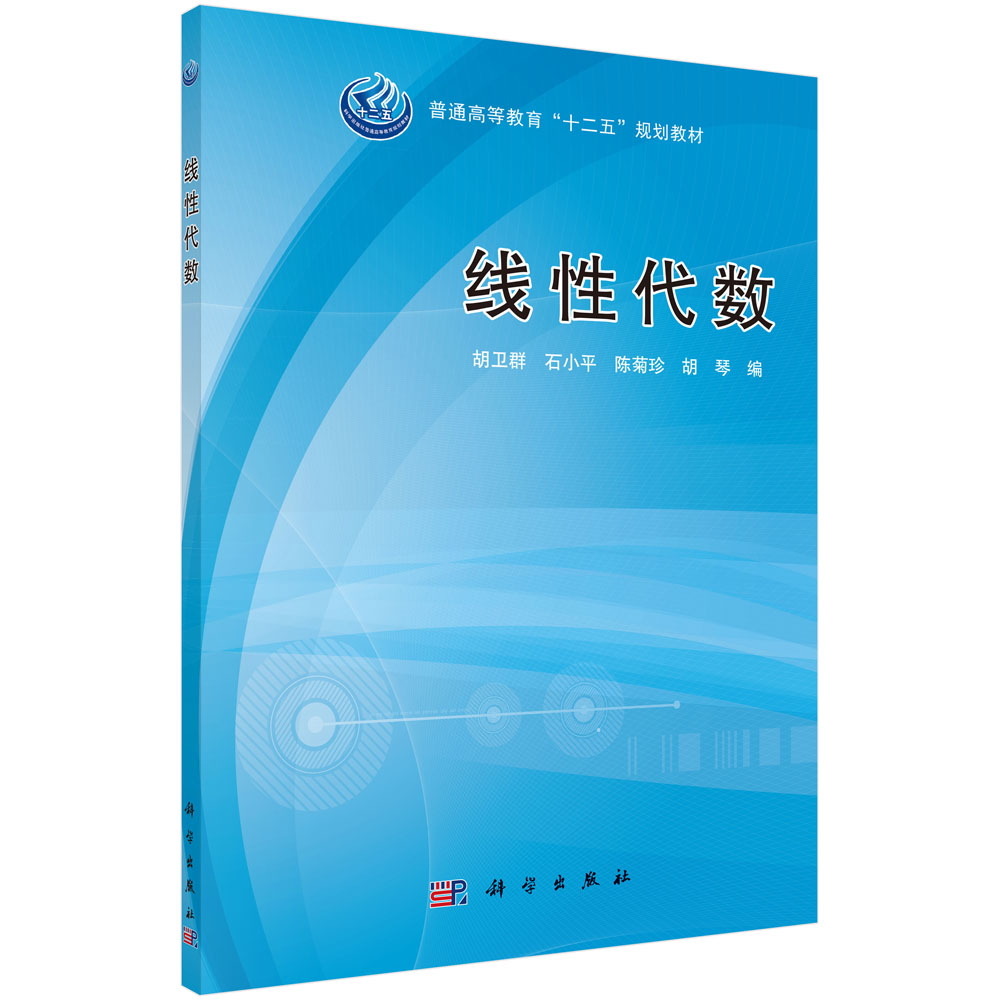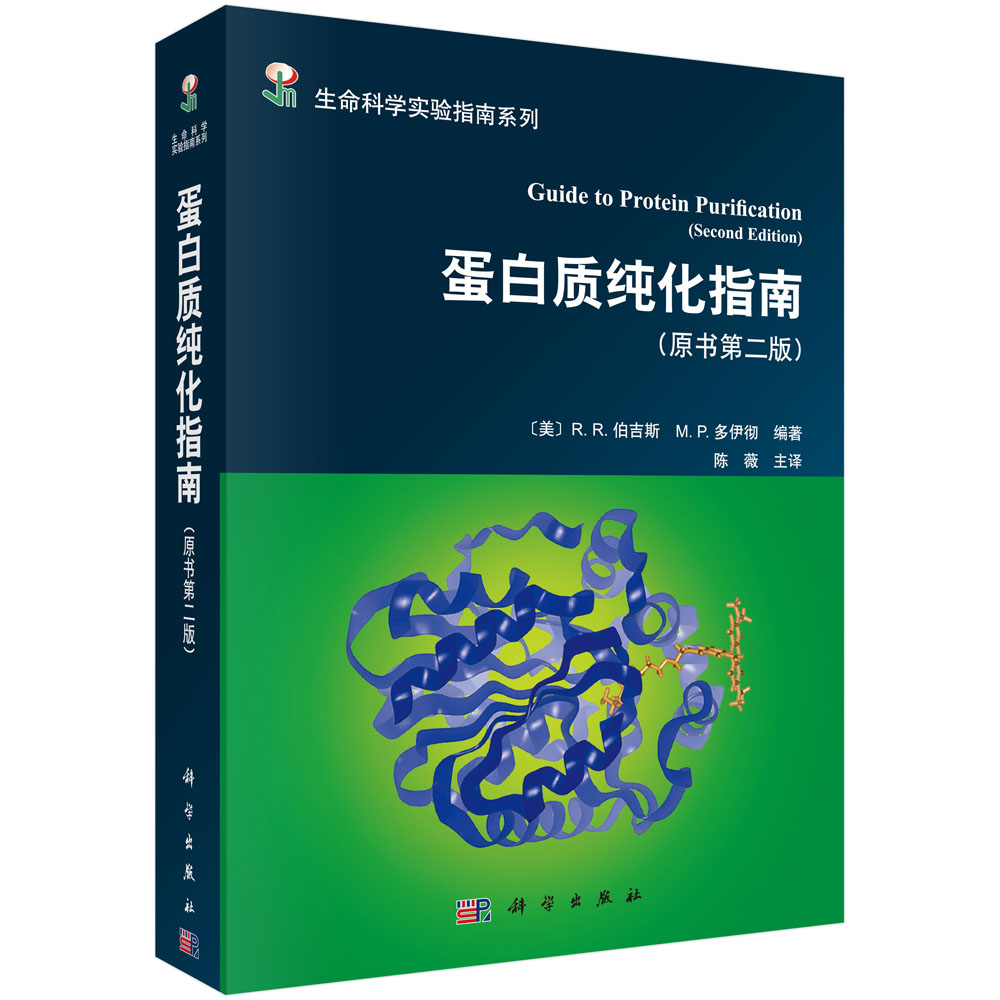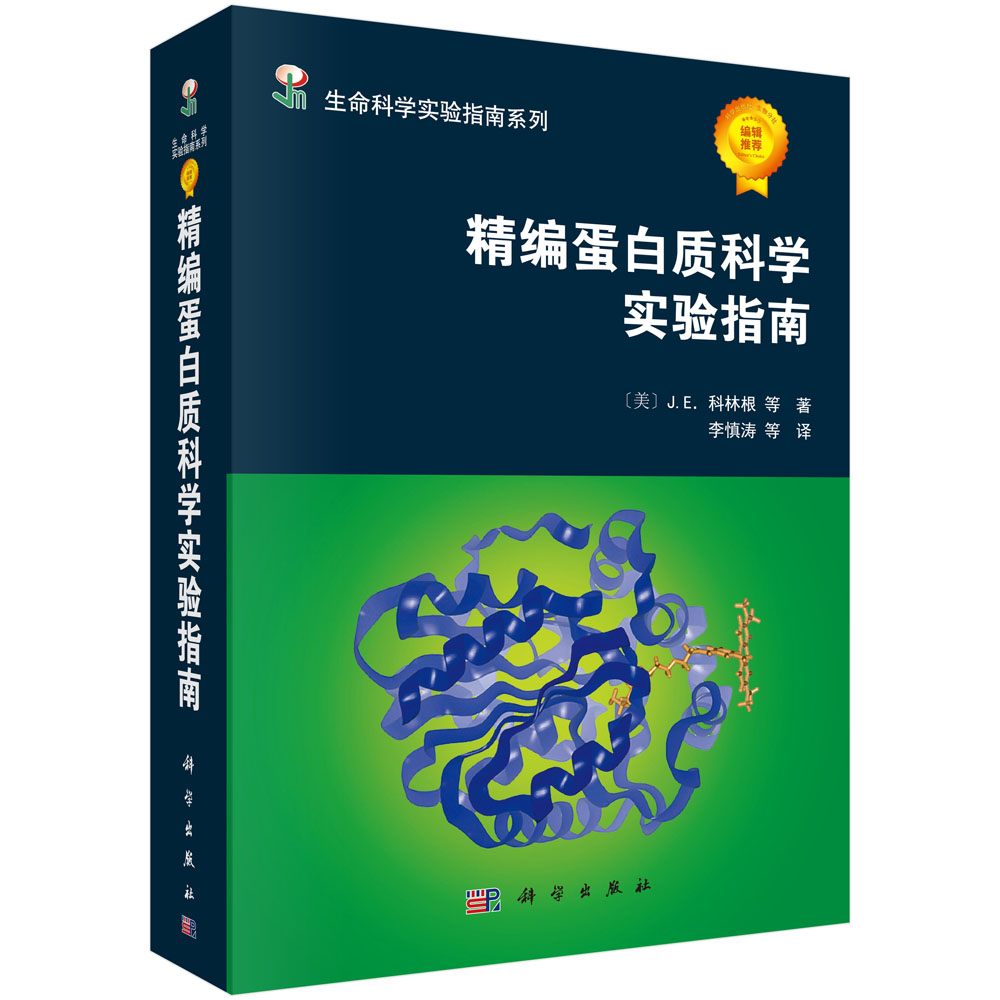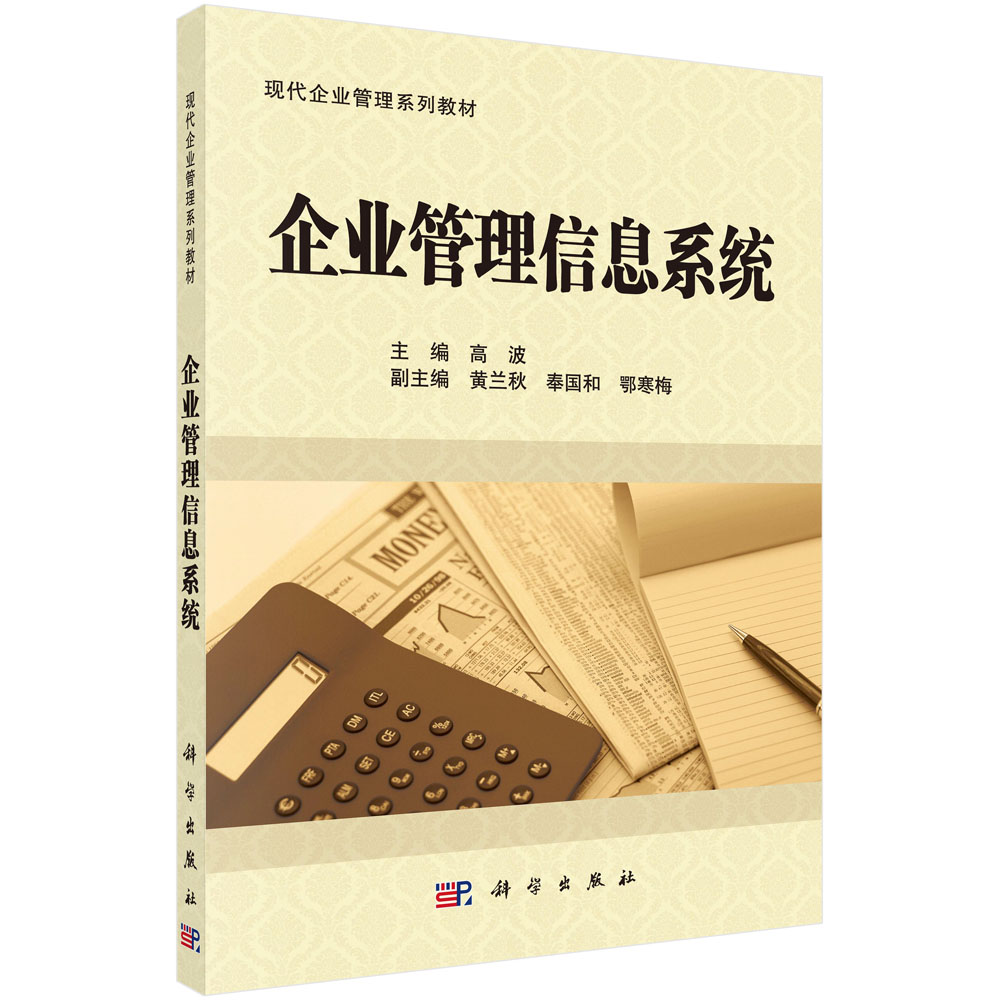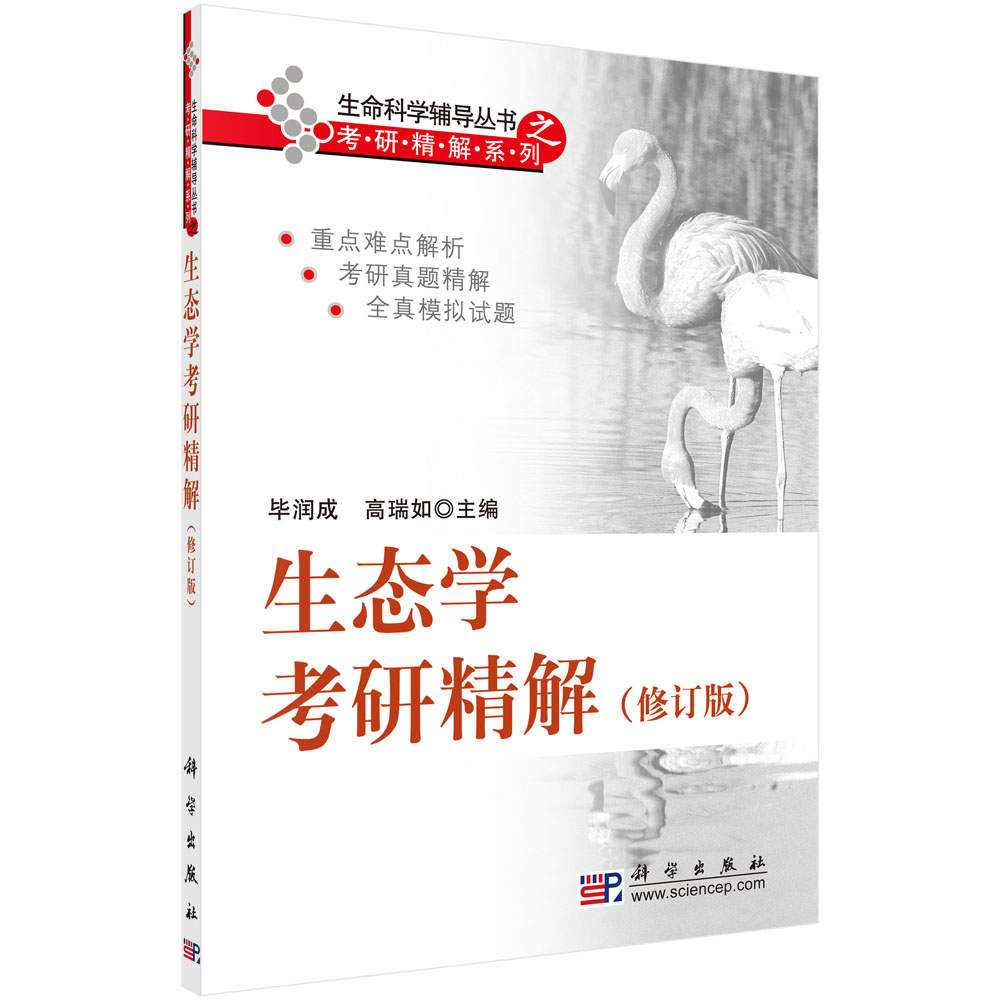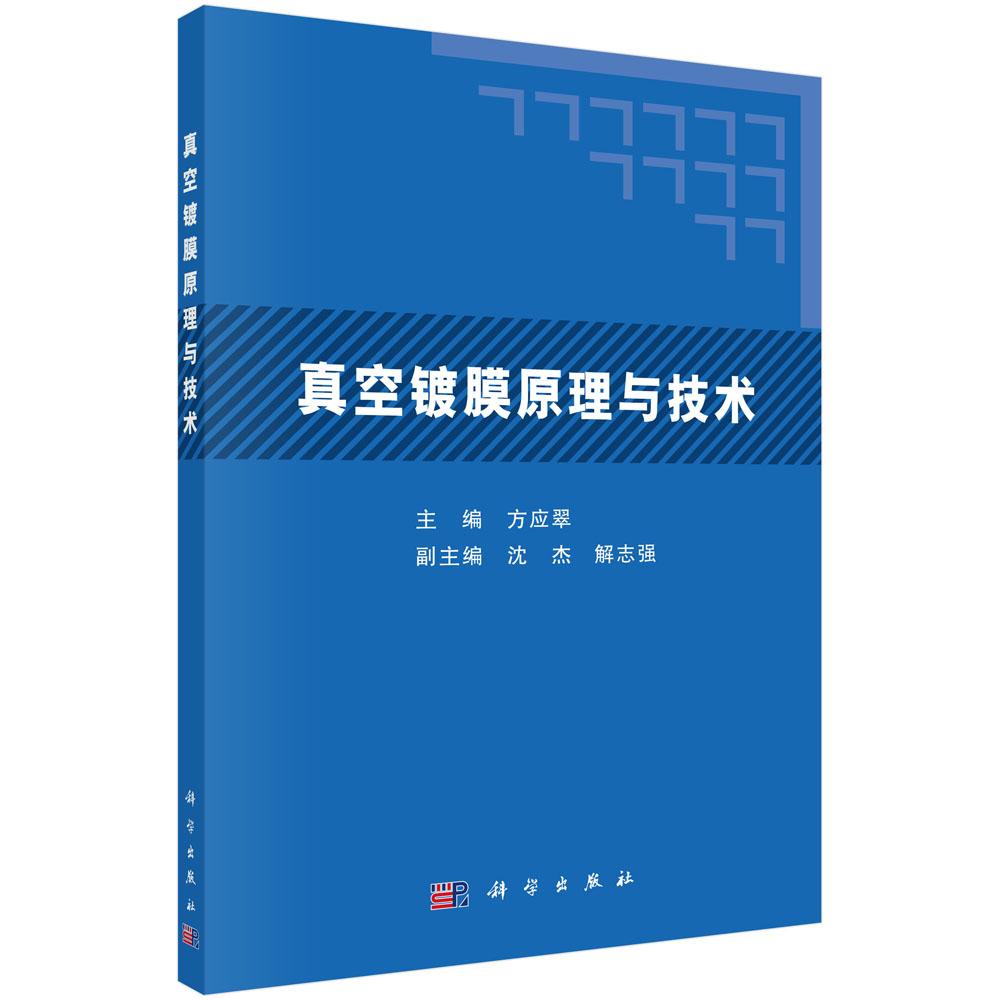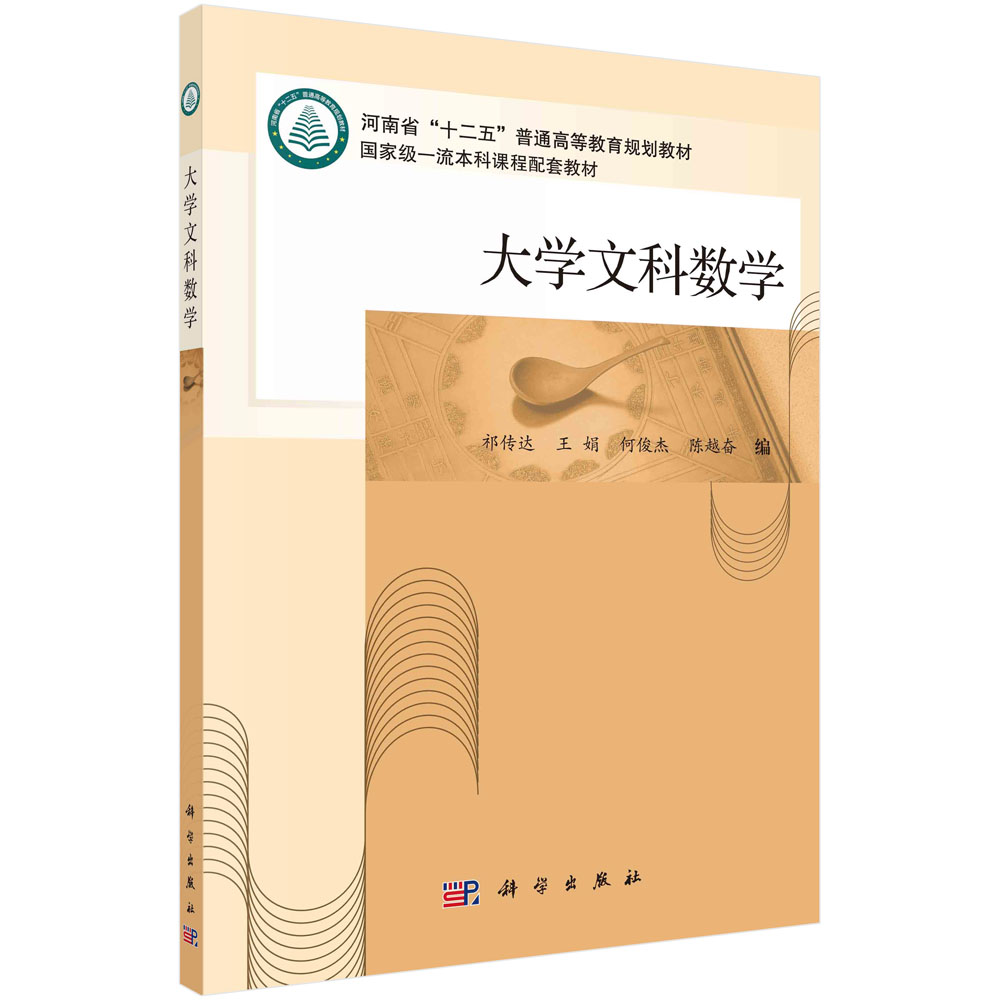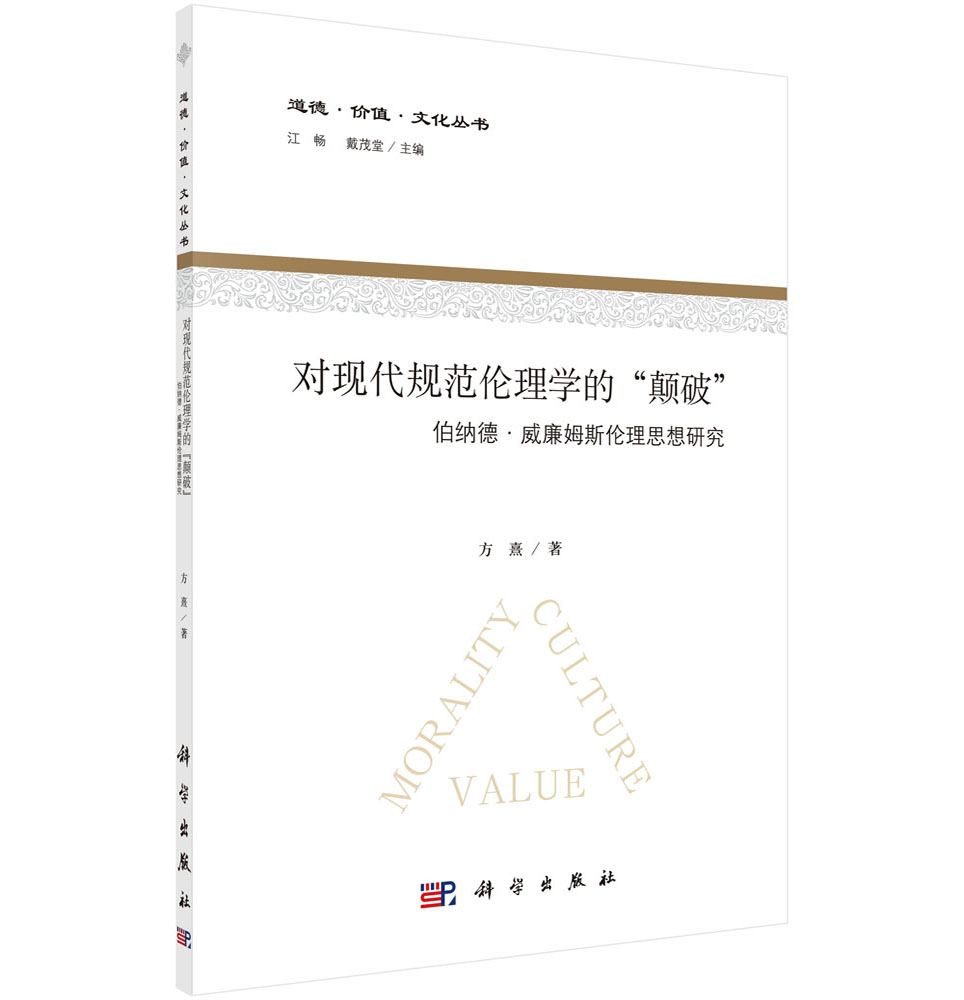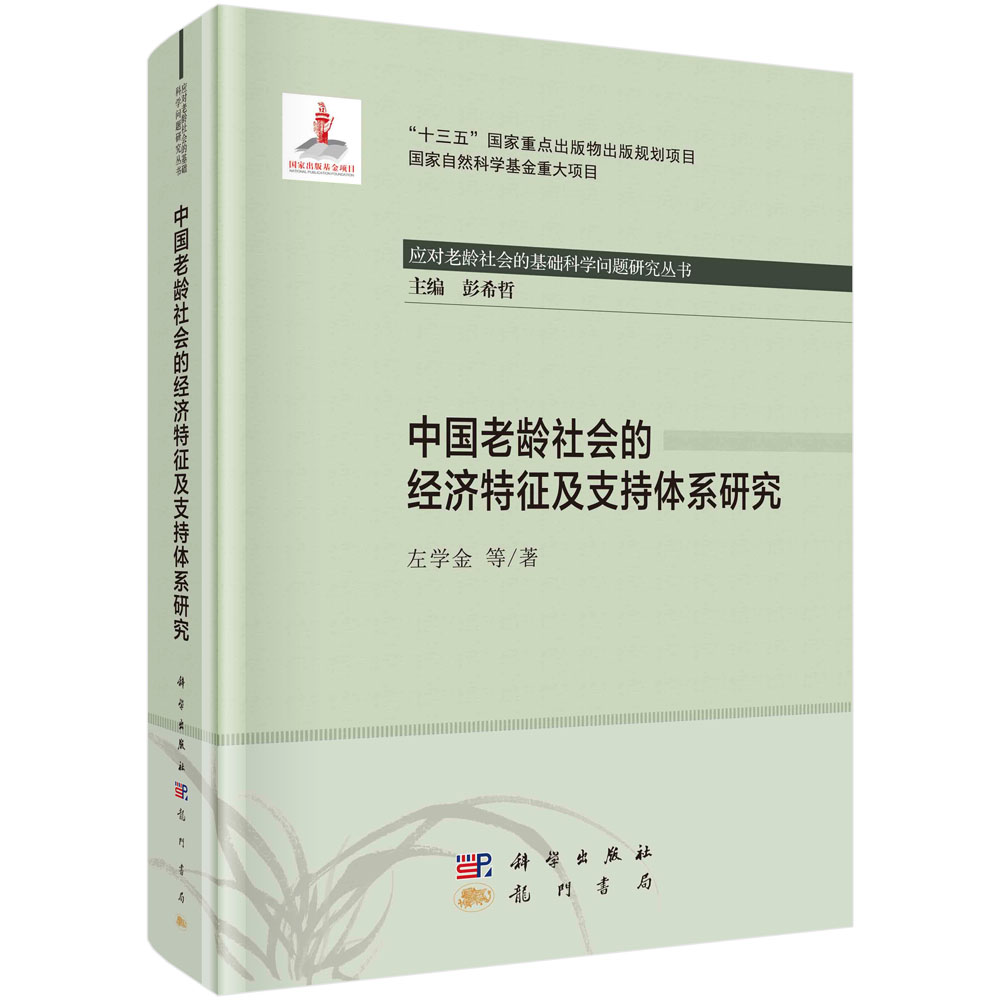本书是一部关于亚热带典型山地土壤发生、分类和综合利用的区域土壤学专著。首先,综述了亚热带山地土壤的发生特性、系统分类和资源利用。然后,选取湘东大围山作为典型案例,针对区域景观上有代表性、空间上分布均匀的26个样区的野外调查和土层取样的室内分析结果,总结了山地主要成土过程和土壤发生学性质,进行了土壤地理发生分类和系统诊断分类(土纲—亚纲—土类—亚类—土族—土系),阐述了典型土系的性状。最后,介绍了大围山垂直带上土壤质量(物理、化学和生物指标)的空间分布差异及其对土地利用变化的响应规律。
样章试读
目录
- 目录
第1章 引言 1
1.1 亚热带山地土壤的发生特性 2
1.1.1 土壤地球化学过程 2
1.1.2 基本土壤形成过程 3
1.2 亚热带山地土壤的系统分类 5
1.2.1 诊断层与诊断特性 5
1.2.2 高级分类单元 7
1.2.3 基层分类单元 10
1.2.4 山地土壤发生与分类研究展望 11
1.3 亚热带山地土壤资源的利用 12
1.3.1 山地土壤主要利用方式 12
1.3.2 山地土壤的利用问题 13
1.3.3 山地土壤的利用方向 14
参考文献 17
第2章 大围山的成土条件 19
2.1 区域概况 19
2.1.1 地理位置与行政区域 19
2.1.2 经济产业 19
2.1.3 历史和人文景观 20
2.2 成土因素 21
2.2.1 地形地貌 21
2.2.2 气候 28
2.2.3 成土母岩、母质 30
2.2.4 生物 33
2.2.5 时间 39
2.2.6 其他成土因素 39
参考文献 40
第3章 大围山成土过程、土壤发生特性与发生分类 42
3.1 主要成土过程 42
3.1.1 有机质积累过程 42
3.1.2 富铝化过程 43
3.1.3 黏化过程 45
3.1.4 潜育化过程 46
3.1.5 原始成土过程 46
3.1.6 人为成土过程 46
3.2 土壤发生特性 47
3.2.1 土壤地球化学过程 47
3.2.2 土壤物质迁移 52
3.3 土壤地理发生分类和分布 58
3.3.1 土壤的地理发生分类 58
3.3.2 土壤发生学分类垂直带的分布 60
参考文献 62
第4章 大围山土壤诊断特征、土壤系统分类与分布 63
4.1 土壤系统分类的方法 63
4.1.1 技术路线设计 63
4.1.2 区域资料收集与代表性样点布设 63
4.1.3 样点采集与信息记录 65
4.1.4 室内分析、数据统计和诊断检索 66
4.2 大围山土壤的诊断特征 68
4.2.1 土壤诊断层 68
4.2.2 土壤诊断特性和诊断现象 72
4.2.3 土壤发生层与发生层特性的表达符号 75
4.3 大围山土壤的系统分类和分布 76
4.3.1 土壤系统分类 76
4.3.2 土壤系统分类与发生分类的比较 78
参考文献 82
第5章 大围山典型土系 84
5.1 人为土纲 84
5.1.1 普通潜育水耕人为土亚类 84
5.1.2 普通铁聚水耕人为土亚类 86
5.2 潜育土纲 89
5.2.1 普通简育滞水潜育土亚类 89
5.3 富铁土纲 91
5.3.1 普通黏化湿润富铁土亚类 91
5.4 淋溶土纲 96
5.4.1 腐殖铝质常湿淋溶土亚类 96
5.4.2 普通铝质常湿淋溶土亚类 105
5.4.3 腐殖简育常湿淋溶土亚类 111
5.4.4 普通铝质湿润淋溶土亚类 113
5.5 雏形土纲 115
5.5.1 腐殖铝质常湿雏形土亚类 115
5.5.2 普通铝质常湿雏形土亚类 119
5.5.3 腐殖酸性常湿雏形土亚类 125
5.5.4 黄色铝质湿润雏形土亚类 127
5.5.5 普通铝质湿润雏形土亚类 129
5.5.6 红色铁质湿润雏形土亚类 132
5.5.7 斑纹简育湿润雏形土亚类 134
5.6 新成土纲 136
5.6.1 普通湿润正常新成土亚类 136
参考文献 140
第6章 大围山土壤理化性质和肥力质量 141
6.1 土壤质量的物理指标 141
6.1.1 土壤质地 141
6.1.2 土层厚度和容重 143
6.1.3 土壤团聚体、结构和抗蚀性 143
6.2 土壤质量的化学指标 146
6.2.1 土壤酸碱反应 146
6.2.2 土壤有机质及其组分 147
6.2.3 土壤养分 152
6.2.4 土壤阳离子交换量 153
6.2.5 土壤微量元素 154
6.3 土壤质量的生物指标 163
6.3.1 土壤微生物生物量 164
6.3.2 土壤微生物群落组成 164
6.4 土壤肥力质量评价 171
6.4.1 土壤肥力质量评价方法 172
6.4.2 土壤肥力质量综合评价 173
参考文献 174
第7章 大围山土壤质量对土地利用变化的响应 178
7.1 土壤养分对土地利用变化的响应 178
7.1.1 土壤pH 和有机质 179
7.1.2 土壤氮磷钾及其有效态含量 180
7.1.3 土壤有效态中量、微量元素 182
7.1.4 土壤pH、有机质和土壤养分对土地利用变化响应的敏感性 184
7.2 土壤有机质及其组分对土地利用变化的响应 186
7.2.1 土壤有机碳库和δ13C 值 187
7.2.2 土壤有机化合物组成 189
7.2.3 土壤颗粒有机碳库及其组成 198
7.2.4 土壤溶解性有机质数量和组成 204
7.3 土壤生物对土地利用变化的响应 211
7.3.1 植物细根生物量 211
7.3.2 土壤微生物生物量 214
7.3.3 土壤微生物区系 215
7.3.4 土壤微生物群落组成 216
参考文献 218
第8章 结论与展望 224
8.1 主要结论 224
8.1.1 亚热带山地土壤的发生、分类与综合利用 224
8.1.2 大围山土壤成土条件和过程、发生特性与土壤发生分类 225
8.1.3 大围山土壤诊断特征及土壤系统分类 226
8.1.4 大围山海拔带土壤理化性质的分异 227
8.1.5 土地利用变化对红壤质量的影响 228
8.2 展望 229
Contents
Chapter 1 Introduction 1
1.1 Genetic characteristics of subtropical mountain soils 2
1.1.1 Soil geochemical processes 2
1.1.2 Soil forming processes 3
1.2 Soil taxonomy of subtropical mountain soils 5
1.2.1 Diagnostic horizons and diagnostic characteristics 5
1.2.2 Senior taxon 7
1.2.3 Basic taxon 10
1.2.4 Prospects on genesis and taxonomy of mountain soils 11
1.3 Utilization of subtropical mountain soil resources 12
1.3.1 Types of mountain soil utilization 12
1.3.2 Problems of mountain soil utilization 13
1.3.3 Directions of mountain soil utilization 14
References 17
Chapter 2 Soil forming conditions of Daweishan Mount 19
2.1 Regional introduction 19
2.1.1 Geographical location and administrative region 19
2.1.2 Economic industry 19
2.1.3 Historical and cultural landscapes 20
2.2 Soil forming factors 21
2.2.1 Topography and landforms 21
2.2.2 Climate 28
2.2.3 Rock and parent material 30
2.2.4 Organisms 33
2.2.5 Time 39
2.2.6 Other soil forming factors 39
References 40
Chapter 3 Soil forming process, genetic characteristics, and classification of Daweishan Mount 42
3.1 Main processes of soil formation 42
3.1.1 Humification 42
3.1.2 Fersialitization 43
3.1.3 Clayification 45
3.1.4 Gleyization 46
3.1.5 Primordial soil formation processes 46
3.1.6 Anthropogenic soil formation processes 46
3.2 Genetic characteristics of soils 47
3.2.1 Soil geochemical processes 47
3.2.2 Soil material migration 52
3.3 Soil genetic classification and distribution 58
3.3.1 Genetic classification of soils 58
3.3.2 Distribution of elevation belt of soil genetic classification 60
References 62
Chapter 4 Soil diagnostic characteristics, soil taxonomy, and distribution in Daweishan Mount 63
4.1 Methods of Chinese Soil Taxonomy 63
4.1.1 Experimental design 63
4.1.2 Regional data collection and representative sample distribution 63
4.1.3 Sample collection and information recording 65
4.1.4 Laboratory analysis, data statistics, and diagnostic retrieval 66
4.2 Diagnostic characteristics of soil in Daweishan Mount 68
4.2.1 Soil diagnostic horizon 68
4.2.2 Soil diagnostic characteristics 72
4.2.3 Symbols of soil genetic horizon 75
4.3 Soil taxonomy and distribution in Daweishan Mount 76
4.3.1 Soil taxonomy 76
4.3.2 Comparison of Chinese Soil Taxonomy and Chinese Genetic Classification 78
References 82
Chapter 5 Typical soil series in Daweishan Mount 84
5.1 Anthrosols 84
5.1.1 Typic Gleyi-Stagnic Anthrosols 84
5.1.2 Typic Hapli-Stagnic Anthrosols 86
5.2 Gleysols 89
5.2.1 Typic Histi-Permagelic Gleyosols 89
5.3 Ferrosols 91
5.3.1 Typic Alliti-Udic Ferrosols 91
5.4 Argosols 96
5.4.1 Humic Ali-Perudic Argosols 96
5.4.2 Typic Ali-Perudic Argosols 105
5.4.3 Humic Hapli-Perudic Argosols 111
5.4.4 Typic Ali-Udic Argosols 113
5.5 Cambosols 115
5.5.1 Humic Ali-Perudic Cambosols 115
5.5.2 Typic Ali-Perudic Cambosols 119
5.5.3 Humic Aci-Perudic Cambosols 125
5.5.4 Xanthic Ali-Udic Cambosols 127
5.5.5 Typic Ali-Udic Cambosols 129
5.5.6 Red Ferri-Udic Cambosols 132
5.5.7 Mottlic Hapli-Udic Cambosols 134
5.6 Primosols 136
5.6.1 Typic Usti-Orthic Primosols 136
References 140
Chapter 6 Soil physical and chemical properties and fertility quality in Daweishan Mount 141
6.1 Physical indexes of soil quality 141
6.1.1 Soil texture 141
6.1.2 Soil thickness and bulk density 143
6.1.3 Soil aggregate, structure, and erosion resistance 143
6.2 Chemical indexes of soil quality 146
6.2.1 Soil acid-base reaction 146
6.2.2 Soil organic matter and its composition 147
6.2.3 Soil nutrient 152
6.2.4 Soil cation exchange capacity 153
6.2.5 Soil trace element 154
6.3 Biological indexes of soil quality 163
6.3.1 Soil microbial biomass 164
6.3.2 Soil microbial community composition 164
6.4 Soil fertility quality 171
6.4.1 Method of soil fertility quality 172
6.4.2 Evaluation of soil fertility quality 173
References 174
Chapter 7 Response of soil quality to land use change in Daweishan Mount 178
7.1 Response of soil nutrients to land use change 178
7.1.1 Soil pH and organic matter 179
7.1.2 Total N, P, K, and their available forms in soil 180
7.1.3 Soil available medium and trace elements 182
7.1.4 Sensitivity of soil pH, organic matter, and soil nutrients to land use change 184
7.2 Response of soil organic matter and its components to land use change .186
7.2.1 Soil organic carbon pool and δC value 187
7.2.2 Soil organic compounds composition 189
7.2.3 Soil particulate organic carbon pool and composition 198
7.2.4 Quantity and composition of soil dissolved organic matter 204
7.3 Response of soil organisms to land use change 211
7.3.1 Plant fine root biomass 211
7.3.2 Soil microbial biomass 214
7.3.3 Soil microflora 215
7.3.4 Soil microbial community composition 216
References 218
Chapter 8 Conclusions and prospects 224
8.1 Main conclusions 224
8.1.1 Soil genesis, classification, and utilization of subtropical mountain soils 224
8.1.2 Soil forming conditions, processes, genetic characteristics, and classification 225
8.1.3 Diagnostic characteristics and taxonomy of soil 226
8.1.4 Differentiation of soil physical and chemical properties along altitude gradient 227
8.1.5 Response of soil quality to land use change 228
8.2 Prospects 229
